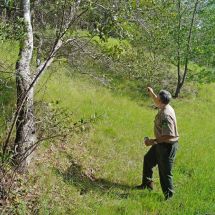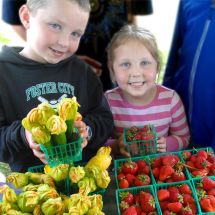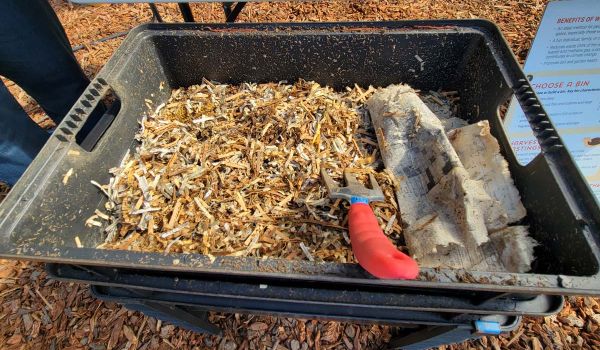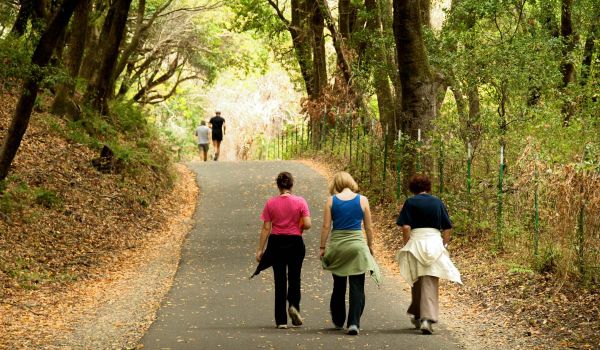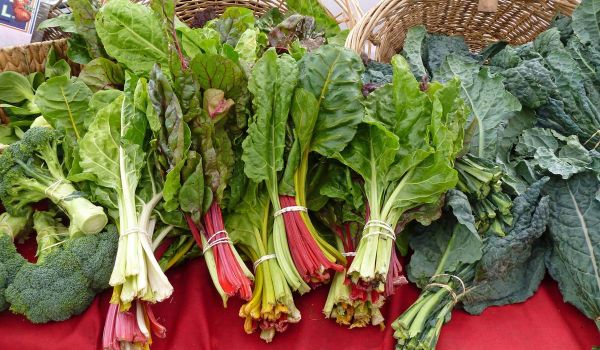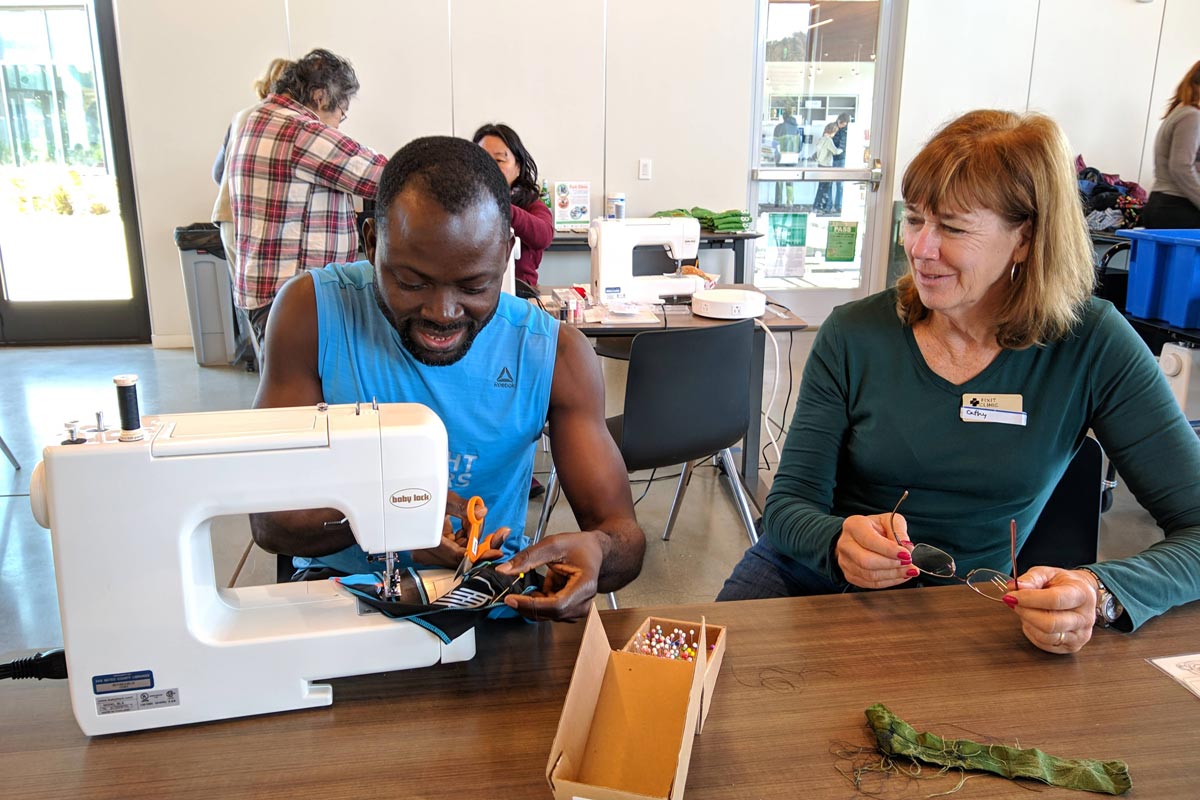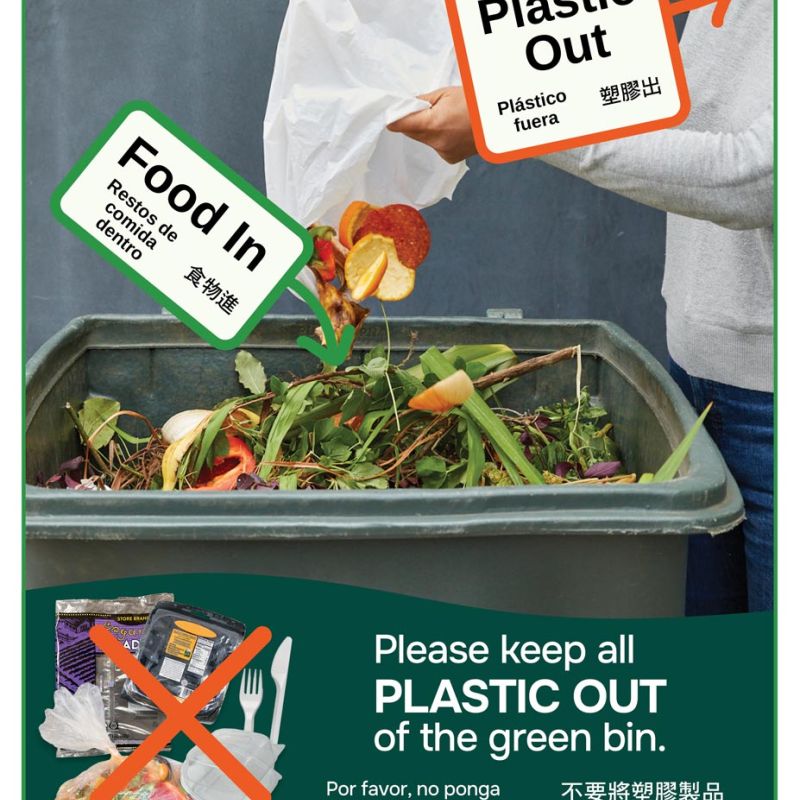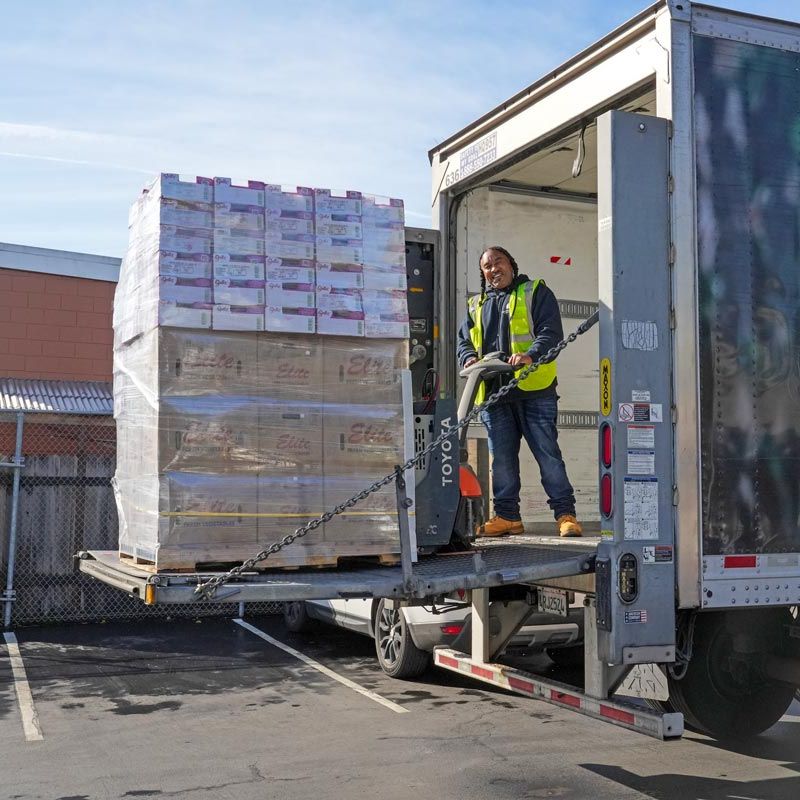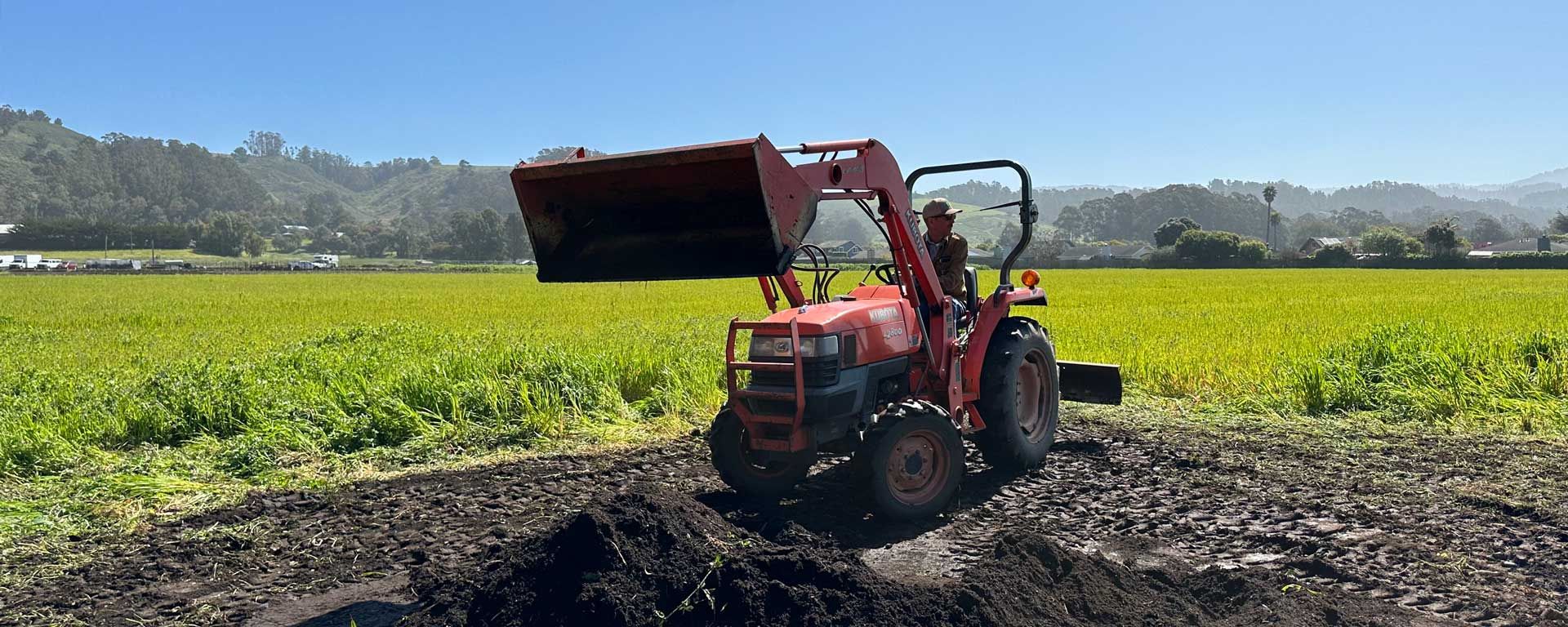
Carbon Sequestration
Carbon sequestration is the process of capturing and storing atmospheric carbon dioxide in plants, soils, and ecosystems to help mitigate climate change. Land-based carbon sequestration involves conserving, restoring, and managing forests, farms, rangelands, wetlands, and urban green spaces to enhance carbon storage in vegetation and soils.
One key strategy is carbon farming, which applies climate-beneficial agricultural practices—such as compost application, cover cropping, and prescribed grazing—to increase soil organic matter and plant growth, thereby sequestering more carbon. In San Mateo County and across California, working lands have significant potential to remove carbon from the atmosphere while also improving biodiversity, water quality, and local food systems. With active management, these landscapes can play a critical role in building climate resilience and reducing greenhouse gases.
Featured Initiatives
Capturing and storing carbon from the atmosphere in soil and vegetation to reduce greenhouse gas levels.
Collaboration with San Mateo County Parks
Even after the implementation of the greenhouse gas reduction strategies in the County’s 2020 Government Operations Climate Action Plan’s (GOCAP), 14 percent of emissions will need to be mitigated through carbon sequestration practices in order to reach carbon neutrality.
San Mateo County Parklands include over 14,600 acres of land, owned, and managed by the County. In that space is a total of 2,278,259 MT carbon dioxide equivalent stored in above and below ground vegetation and soils. This is equivalent to the amount of carbon dioxide from 256,358,614 gallons of gasoline consumed, or from powering 297,107 homes for a year.
The County is assessing what actions can be taken, and at what scale, to maintain carbon stocks by preventing losses from wildfire. It is also exploring ways to increase carbon storage through climate-smart practices like compost application and restoration activities.
Working Lands
The strategies and measures outlined in the Community Climate Action Plan (CCAP), adopted by the Board of Supervisors in 2022, are designed to support local agricultural producers and enable carbon farming on the County’s working lands. In the Working Lands component of the CCAP, Sustainability Department staff, in partnership with the Carbon Cycle Institute and the San Mateo Resource Conservation District, and with grant funding from the California Department of Conservation, assessed the potential for working lands in San Mateo County to sequester carbon, and the extent to which these lands and local producers can accelerate emissions reductions and help reach the County’s climate goals.

